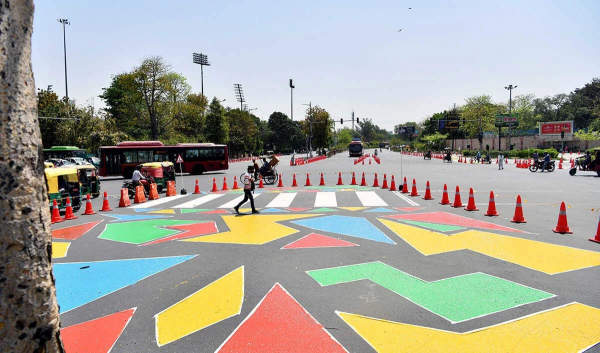
 India's Road Construction Boom
India's Road Construction Boom
India proudly claims its position as the fastest-growing nation in road construction, with thousands of kilometers of new roads being laid each month, expanding the network of expressways and highways. This achievement symbolizes the pace of development. However, a harsh and painful reality lurks behind this success—millions lose their lives annually in road accidents across the country. From morning to evening, news outlets are filled with reports of road mishaps.
The Paradox of Progress
It is ironic that in a country where the speed of road construction is celebrated globally, road safety remains among the worst in the world. While new roads are being built, the safety of those who travel on them is not being prioritized. This raises the question: Are our policies limited to infrastructure development while neglecting the protection of human life? Where exactly does the flaw lie? Although the Motor Vehicle Act contains stringent provisions, many states implement them only partially. Furthermore, while highways accommodate high speeds, there is a lack of safe lanes for pedestrians, cyclists, and rural traffic. Common issues such as drunk driving and the failure to wear helmets and seat belts persist. Additionally, delays in medical treatment after accidents are a leading cause of fatalities.
Rethinking Development
It appears that governments equate high speed with development, but the reality is that safe speeds equate to sustainable development. The emphasis on road construction should be matched by an equal focus on road safety. If millions continue to die on these roads each year, can the expansion of roads truly be considered progress?
A Path Forward
To address these issues, road safety must be made a national priority. The design of new highways and expressways should prioritize human life. Traffic education should be mandatory from school level, and trauma centers and ambulance networks should be established within a 50 km radius of every accident site. Additionally, a zero-tolerance policy should be adopted for traffic violations.
Conclusion
While India is rapidly constructing roads, this development remains incomplete until the safety of those who use them is guaranteed. Roads are not merely a means to reach a destination; they are the lifeblood of society. We must decide whether we will only build roads or also ensure safe and pleasant journeys on them.
-
Vivo T4 Pro 5g Launched in India with Snapdragon 7 Gen 4 Processor; Check Camera, Battery, Price and Bank Offers | Technology news

-
“India is delighted to be hosting the prestigious fide world cup 2025 after over two decades”: PM Modi

-
Caitlin Clark Signs Nike Deal, Signature Shoe Coming 2026

-
Who is Pooja Pabari? Meet Cheteshwar Pujara’s wife and her eldest supporter. Read

-
Lille reach agreement in principle with Rangers for Hamza Igamane
